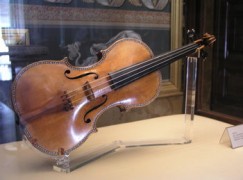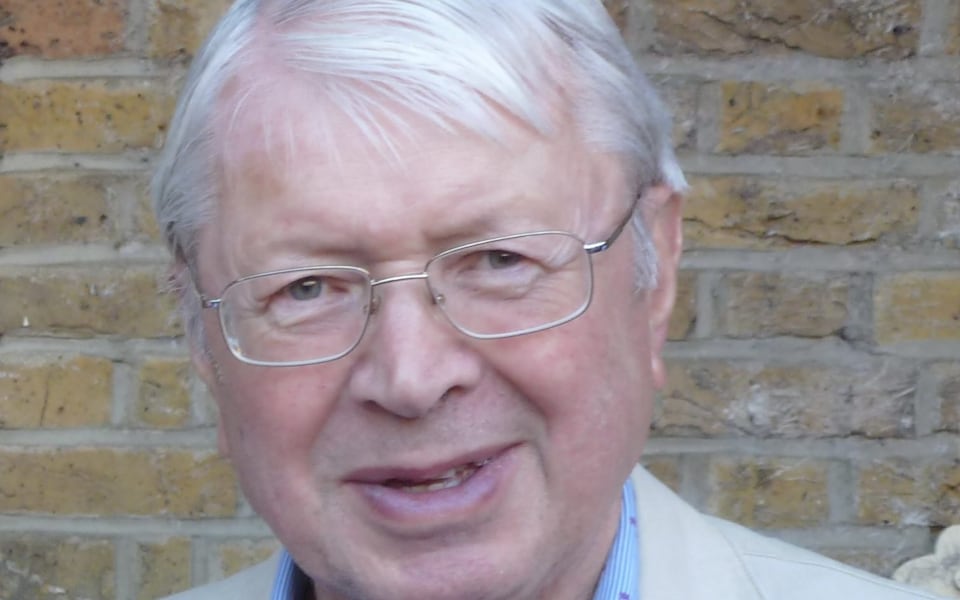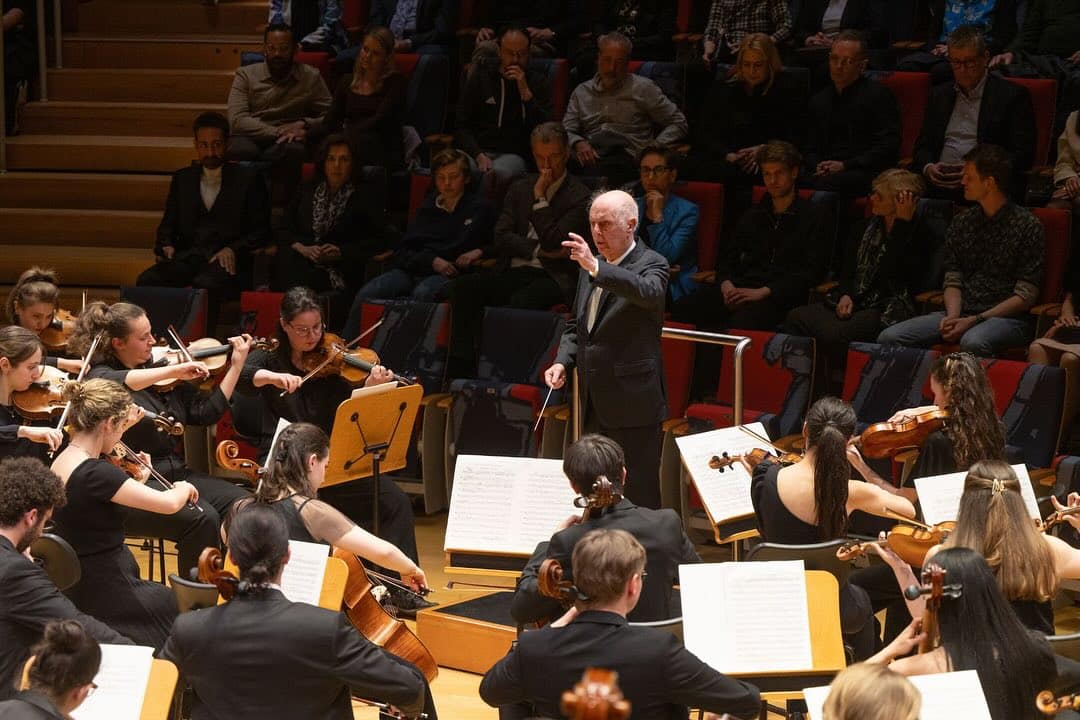New research: The Stradivarius secret – could it be woodworm?
mainA team of researchers at National Taiwan University believe that the unique sound of Stradivarius instruments may have arisen from a secret anti-woodworm treatment applied by the master-luthier.
Our analysis of Stradivari’s maples from three independent sources showed reproducible differences in chemical compositions compared with modern maples. Stradivari’s use of mineral-treated maples belonged to a forgotten tradition unknown to later violin makers. His maple also appeared to be transformed by aging and vibration, resulting in a unique composite material unavailable to modern makers. Modern chemical analyses may, therefore, improve our understanding of Stradivari’s unique craft and inspire the development of novel material approaches in instrument making.
Read on here.






Comments